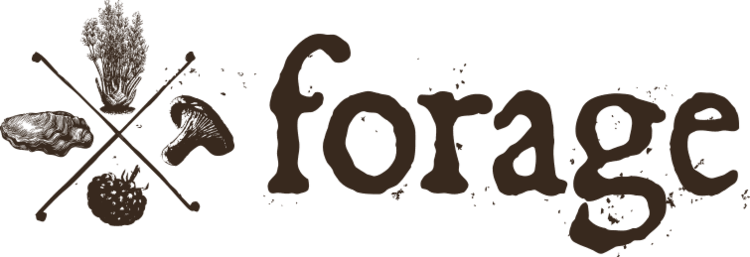Where to Harvest Seaweed and How to Eat It
Where to Harvest Seaweed and How to Eat It
Most of us never give a thought to using seaweed as a food, but it’s actually one of nature’s most nutritious edibles, and is usually easily available to anyone who lives near the coast. Seaweed is actually an alga, writ large, and many species are found in abundance along most marine shores, either attached to the substrate or washed up onto the beach. The Japanese have been eating seaweed, in various forms, for centuries, but North Americans are now beginning to use this bounty as well.
For those who wish to forage for seaweed, it’s important to check local regulations before beginning. You should also make sure that the area you are planning to use for your harvest has clean water, and is far from any sources of pollution. In most cases, you will be allowed to harvest 10 pounds of wet seaweed for your personal use. Seaweeds can be brown, red, purple, or green in coloration. Avoid fresh water seaweeds as they are often poisonous; stick to marine seaweed.
Edible Seaweeds of the West Coast
Seaweed can be found growing from the ocean floor, or can be attached to rocks. Low tide is the best time to reach the plants connected to rocks. Unlike vascular plants, seaweeds do not have roots, they have holdfasts instead. Although almost anywhere along the coast will probably have seaweed, tide pools are a great place to find this edible, but you must pay attention to the tides when going out to harvest seaweed.
In addition to a pair of waterproof gloves and a collection bucket, you will need a sharp knife. When harvesting seaweed, it is important not to pull the seaweed off the rock or ocean floor, doing this will destroy the holdfast. By using a sharp knife to cut well above the holdfast, in this way you will ensure that the seaweed will regrow in time. Some of the best edible seaweeds include:
· Nori is one of the most delicious of the local edible seaweeds. Identify it by its dark green color and it can be found attached to rocks in the intertidal zone.
· Giant Kelp is usually found in dense beds, and is one of the fastest growing plants. Herring often lay their eggs on kelp fronds, and in some locales, it is illegal to harvest kelp containing eggs.
· Sea Lettuce looks almost exactly like the lettuce you may grow in your garden.
· Purple Laver grows on coastal rocks, and while the blades of this seaweed can be over 3 feet wide, they are only several cells thick.
· Alaria fistulosa is another edible member of the kelp family, and the fronds can reach 100 feet in length.
Seaweed Classes: Learn How To Harvest and Eat Seaweed on the California Coast
Seaweeds are a great source of vitamins and minerals and some of them are also surprisingly high in protein. Seaweeds contain iodine, iron, chromium, calcium, potassium, and manganese, among other minerals. Most seaweed is dried before being used, and can be hung from a line or spread on a clean cloth or plastic sheet to do so. The drying seaweed should be turned every hour to speed drying.
How to Eat Edible Seaweed
Edible seaweed can be eaten raw, or used in cooked recipes. Adding either fresh or dried seaweed to your cuisine can add flavor, body, and extra nutrition.
· Seaweed can be used in soups either as a major component, or as a thickener – dried seaweed is particularly valuable as a thickener.
· Salads do not have to consist mainly of lettuce, Sea Lettuce or Purple Laver are good for this.
· Alaria can be cooked just as you would any green leafy vegetable from your garden, and is great with butter and a sprinkle of salt.
· Either dried or fresh fronds or blades can be used as wraps in a number of recipes. Nearly any recipe that calls for a cabbage or corn husk wrap can use seaweed as a substitute.
· Dried seaweed fronds can also be broken up into chip-sized pieces and used as a snack food; they are naturally salty and are low in calories.
In addition to the uses both dried and fresh seaweed have in the kitchen, these macroalgae have another advantage if you harvest them yourself; they are free. Respect the area where you are harvesting seaweeds and cut carefully when you do gather so that the plant can regrow again.

